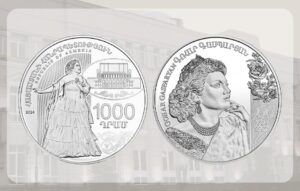News and Events
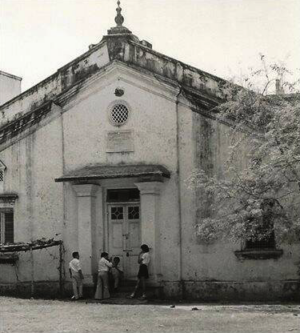 This article details the history of the Armenian College in Calcutta, established in 1821, its evolution as an educational institution in British India, and the commemorative medal awarded for academic excellence. It examines the college’s historical significance, cultural impact, and the medal’s detailed heraldic design as a symbol of enduring Armenian heritage and scholarly achievement.
This article details the history of the Armenian College in Calcutta, established in 1821, its evolution as an educational institution in British India, and the commemorative medal awarded for academic excellence. It examines the college’s historical significance, cultural impact, and the medal’s detailed heraldic design as a symbol of enduring Armenian heritage and scholarly achievement. 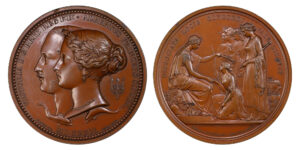 The 1851 Great Exhibition medal awarded to Mihran Düzian showcases the remarkable contributions of Armenians to global craftsmanship. Düzian, a notable Armenian jeweler and mint director, journeyed to Great Britain to present diamond-adorned amber mouthpieces, earning international acclaim and highlighting the Armenian legacy in Ottoman artistry and culture.
The 1851 Great Exhibition medal awarded to Mihran Düzian showcases the remarkable contributions of Armenians to global craftsmanship. Düzian, a notable Armenian jeweler and mint director, journeyed to Great Britain to present diamond-adorned amber mouthpieces, earning international acclaim and highlighting the Armenian legacy in Ottoman artistry and culture. 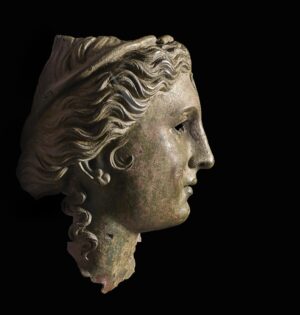 Satala, located in Armenia Minor, played a crucial role as a Roman fortress on the empire's eastern frontier. Coins attributed to Legio XV Apollinaris, possibly minted locally, connect this site to Armenian history, showcasing its importance as a crossroads of Roman military strategy and Armenia’s enduring cultural legacy.
Satala, located in Armenia Minor, played a crucial role as a Roman fortress on the empire's eastern frontier. Coins attributed to Legio XV Apollinaris, possibly minted locally, connect this site to Armenian history, showcasing its importance as a crossroads of Roman military strategy and Armenia’s enduring cultural legacy. 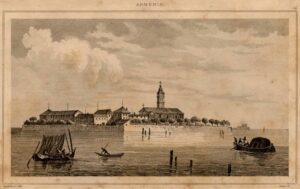 The Vienna Mkhitarian Congregation profoundly impacted Armenian numismatics through figures like Ghevond Sibilian and Augustinos Sekoulian. Their groundbreaking studies of Cilician coins, meticulous classifications, and preservation efforts established a foundation for numismatic research, showcasing Armenian cultural resilience and enriching global understanding of Armenian history.
The Vienna Mkhitarian Congregation profoundly impacted Armenian numismatics through figures like Ghevond Sibilian and Augustinos Sekoulian. Their groundbreaking studies of Cilician coins, meticulous classifications, and preservation efforts established a foundation for numismatic research, showcasing Armenian cultural resilience and enriching global understanding of Armenian history. 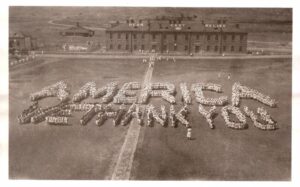 Amid World War I and the Armenian Genocide, Near East Relief (NER) mobilized unprecedented global compassion. Founded in 1915, it raised $110 million, aided over one million refugees, and established hundreds of orphanages and schools. NER's legacy transcends immediate relief, shaping modern humanitarian efforts and inspiring a future rooted in empathy and international solidarity.
Amid World War I and the Armenian Genocide, Near East Relief (NER) mobilized unprecedented global compassion. Founded in 1915, it raised $110 million, aided over one million refugees, and established hundreds of orphanages and schools. NER's legacy transcends immediate relief, shaping modern humanitarian efforts and inspiring a future rooted in empathy and international solidarity.

